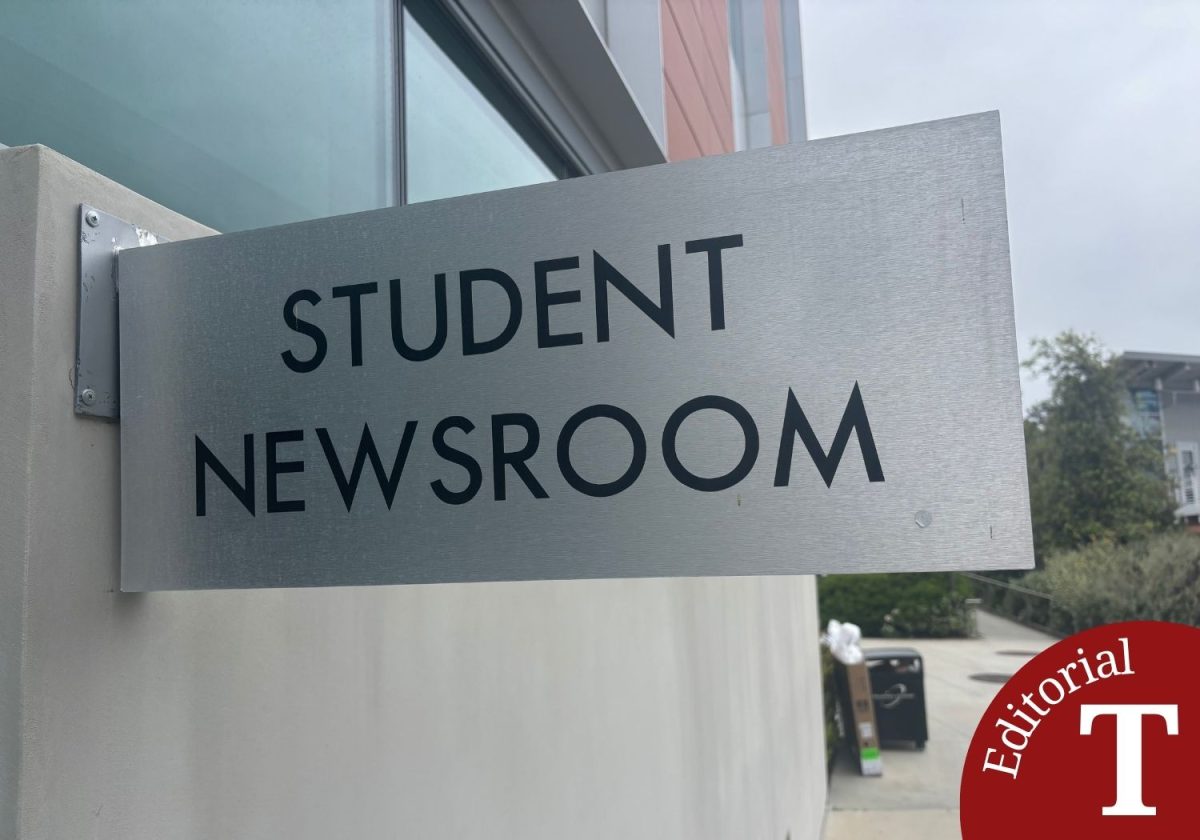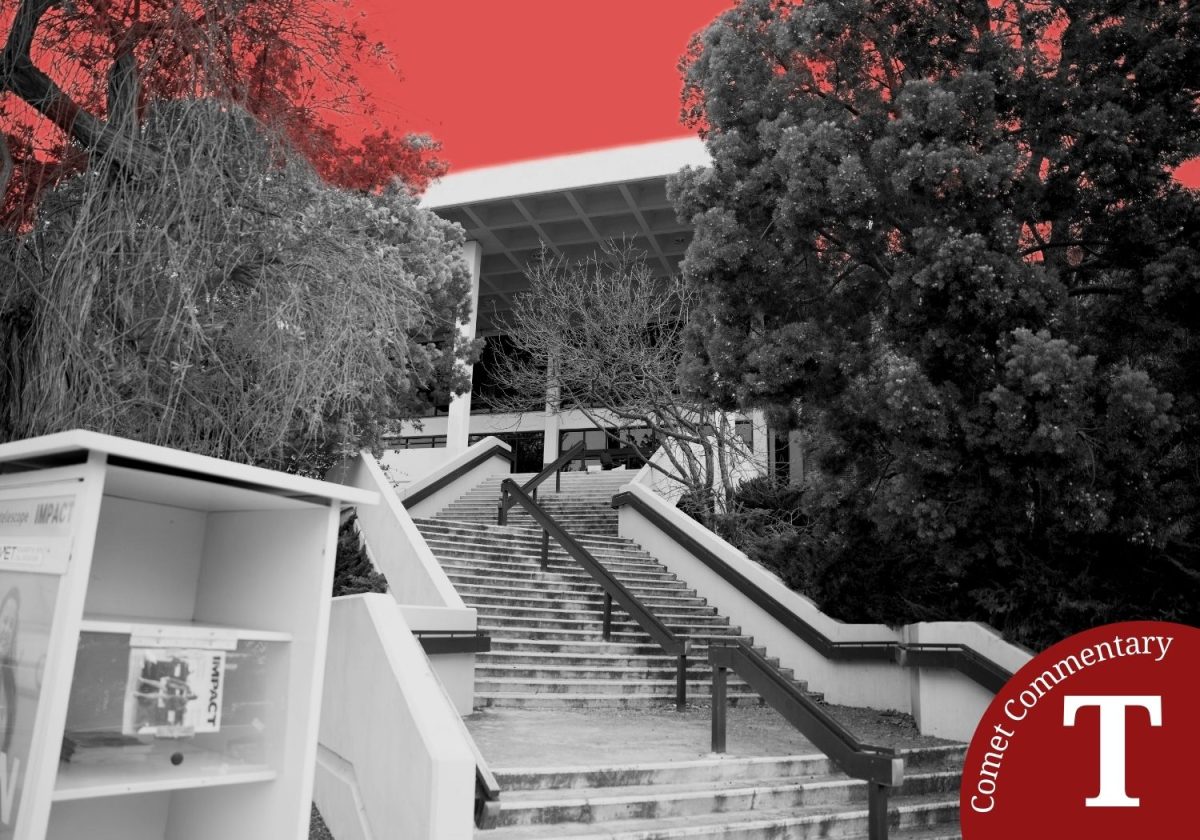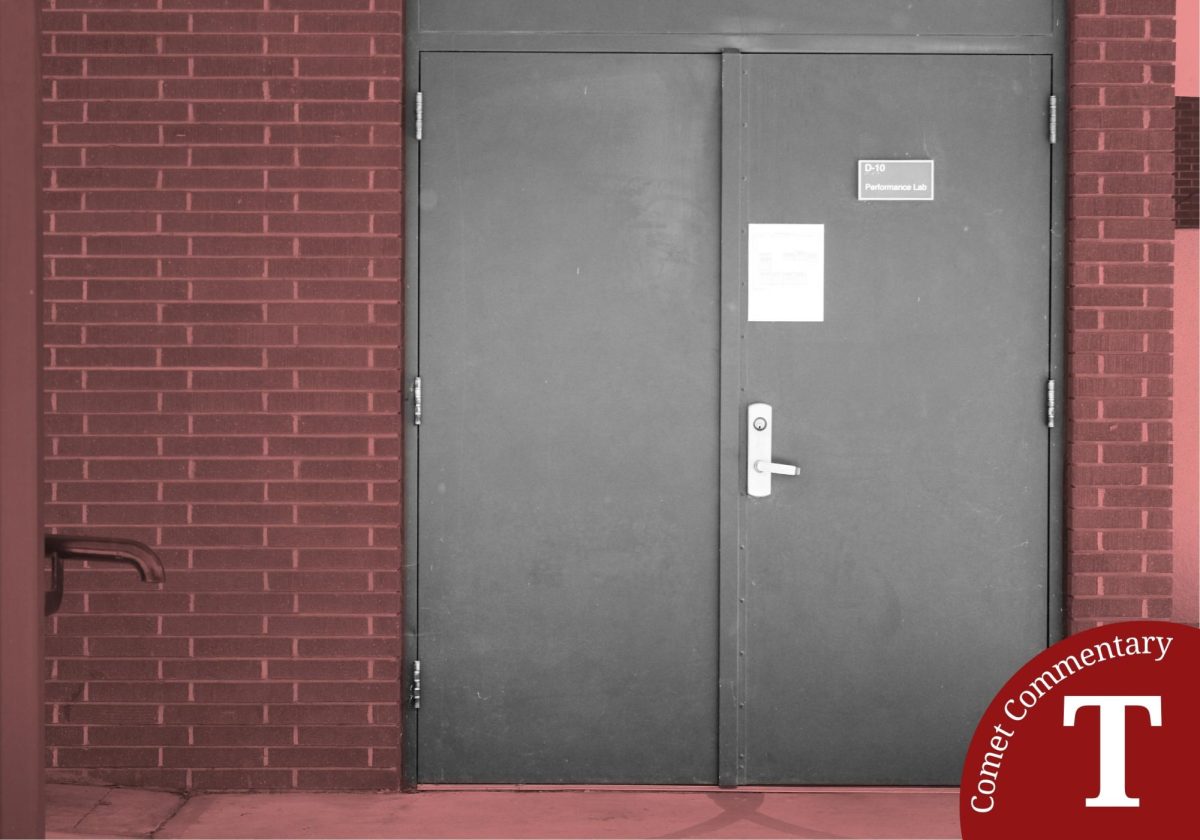Careful planning and implementation are the keys missing from California’s plan to become sustainable.
California’s current population is over 38 million people, each person using an estimated 80 to 100 gallons of water each day. According to American Farmland Trust there’s over 100 million acres of farmland in California used for agriculture, crops and grazing. The people account for only 20 percent of the potable water usage and agriculture is accountable for 80 percent.
Mandatory water restrictions are now in place for all of California. Agriculture usage and environmental usage are exempt. It is important for the farmers to get the water they need; after all they help supply the world with food. But some crops should be sacrificed. We can’t live without food or water, although we can live without almonds.
Almond trees can quite a long time to mature, and require more water than other trees. Also, almond production has tripled in the past 15 years in California.
California has been deep in the midst of a drought for the last four years, and it’s getting worse each year. This is said to be the worst drought since the beginning of record keeping. Alas, Gov. Jerry Brown has a plan. It begins with asking the cities and citizens to cut back on their water usage.
As of April 18, the State Water Resources Control Board released the mandated water cutbacks showing that San Diego will be required to cut back by 16 percent. Originally Brown mandated a 25 percent reduction in water use and after the letters of objection came pouring in, this figure was revised and calculated according to each city’s water use at the end of 2013.
The citizens of California, especially in San Diego County, are already environmentally conscious of every move that’s made: are we green, how big our carbon footprint is, recycle, use non-GMO, don’t use plastic and now decrease our water usage and let our yards die.
The people want to help, what more can be done?
Considering the number of droughts in the past, what has the state government done within the last three decades to avoid this situation? The last dam to be built was completed 36 years ago in 1979. Proposition One, which passed in November 2014, is a $7.5 billion bond to allow for more dams, financial support, tools, technical support and to give more support at the local levels for the development of water management, is not going to help us right now.
Prop One is a part of Brown’s California Water Action Plan to make California sustainable in ground water management. Information about Browns’ plan can be found at resources.ca.gov/california_water_action_plan.
Do we need more dams? We already have 1,250 dams. Prop One might cover the cost of one dam. It takes approximately eight to 10 years to build a dam – and that’s after all the surveys have been completed prior to the actual construction.
With the Endangered Species Act of 1973, Clean Water Act and the California Environmental Quality Act of 1968 we can expect the process of finding the right spot to build a reservoir to furnish municipal water, hydroelectricity and manage flood control to be a long and arduous one.
Some are thinking desalination plants will be the answer. There are three working plants in California, with 15 more proposed. The largest plant is in Carlsbad, Calif. and is set to open 2016. Built by Poseidon Water based in Boston, Mass., it will produce 50 million gallons a day, supplying the San Diego area with 7 percent of their potable water.
Desalination is not new, it has been used for many years, beginning in ships to convert seawater to fresh water. At desalination plants the fresh water is stored and released into the municipal water system.
You can power 28,500 homes with the energy it takes to run the plant per day.
In an article written by Paul Rogers and printed in the Mercury News, Carlsbad went through six years of battling for permits and 14 lawsuits and appeals before they could break ground.
In 1991 the taxpayers of Santa Barbara paid $34 million to build a desalination plant only to shut it down after 4 months – when it began to rain. The cost of the water was too great compared to municipal water.
Saudi Arabia and Israel have been successful with their desalination plants; it is the primary source for water in both countries.
Careful planning and implementation are the keys missing from California’s plan to become sustainable. Many millions of dollars have been used up by departments within the state only to reach dead ends or be stopped by environmentalists.
It’s not a supply and demand issue, it’s politics. It’s not about the smelt, which are not indigenous to California and which the environmentalist say are necessary to maintain the ecosystem in the Delta, and it’s not about the agricultural demands.
It’s the lack of planning. There should have been some accountability after the drought in the 1970s. We cannot sustain life, be self-sufficient and preserve the future if there is no viable long term plan in place that will last through the generations that come after us.












